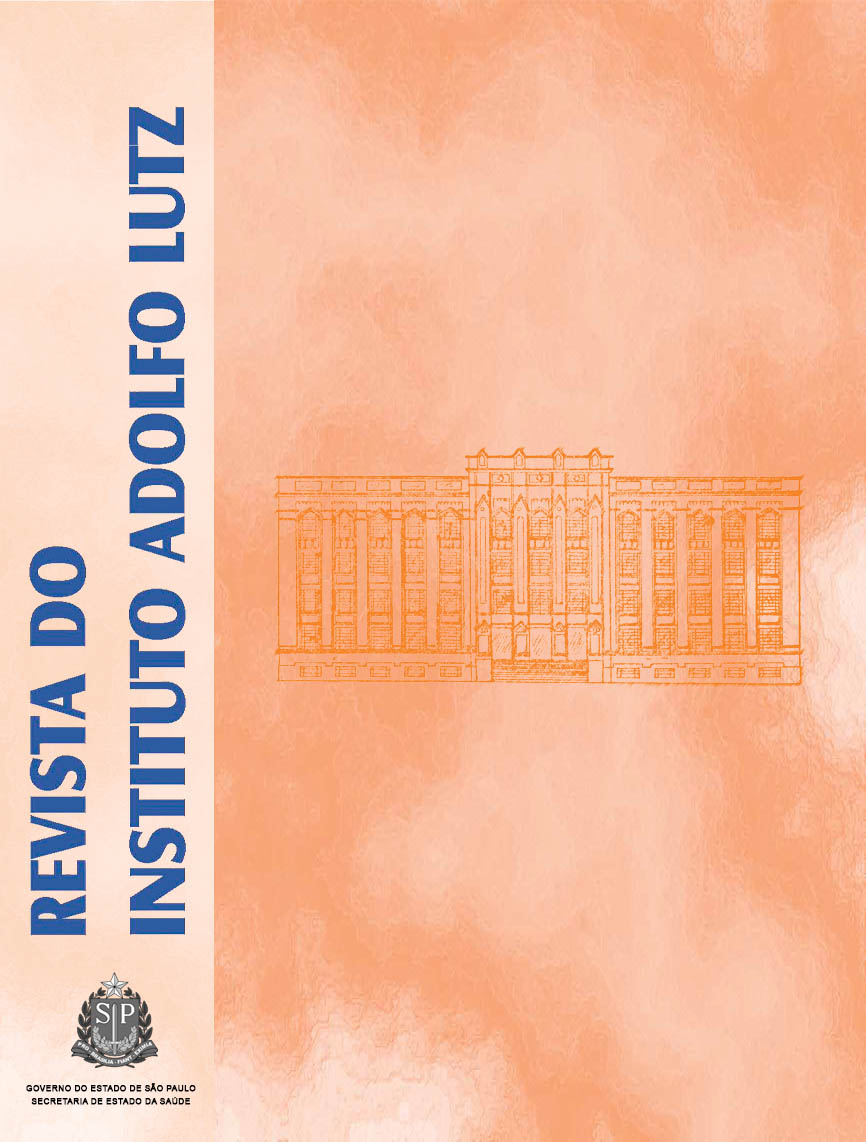Abstract
This study evaluated the composition (soluble and total solids, pH, titratable acidity, protein, fat, ash, total
reducing sugar), the sensory attributes (appearance, odor, consistency and taste) and the melting behavior
of two experimental formulations of caprine ice cream made with two different fat sources, hydrogenated
vegetable fat (F1) and a trans-free fat replacer (F2). Soluble and total solids, fat and total reducing sugar
of the ice cream samples were statistically different (p<0.05). The sensory results showed high sensory
acceptability index (AI) (>70%) for both formulations, with the exception of the flavour attribute of F1
formulation, which had AI equal to 62.041%. In the meltdown test, the F2 group melted faster than the F1
formulation. The results demonstrated that the source of fat used in the ice cream mix directly interferes
with the melting characteristics, acceptance rate and physicochemical composition of ice cream.
References
1. Ribeiro A, Ribeiro S. Technology transfer to goat producers in Brazil – The Capritec experience. Trop Subtrop Agroecosyst. 2009; 11 (1): 161-4.
2. Haenlein G. Goat milk in human nutrition. Small Rumin Res. 2004; 51(2): 155-63.
3. Haenlein G. Past, present and future perspectives of small ruminant dairy research. J Dairy Sci. 2001; 84(9): 2097-115.
4. Park, YW. Hypoallergenic and therapeutic significance of goat milk. Small Rumin Res. 1994; 14(2): 151-9.
5. Ribeiro A, Ribeiro S. Specialty products made from goat milk. Small Rumin Res. 2010; 89(2-3): 225-33.
6. Knights M, Garcia G. The status and characteristics of the goat (Capra hircus) and its potential role as a significant milk producer in the tropics: a review. Small Rumin Res. 1997; 26(3): 203-15.
7. Park YW. Rheological characteristics of goat and sheep milk. Small Rumin Res. 2007; 68(1-2): 73-87.
8. Pandya A, Ghodje K. Goat and sheep milk products other than cheeses and yoghurt. Small Rumin Res. 2007; 68(1-2): 193-206.
9. Correia R, Pedrini M, Magalhães M. Sorvete: aspectos tecnológicos e estruturais. Hig Alim. 2007; 21(148): 19-23.
10. Goff HD. Colloidal aspects of ice cream: a review. Int Dairy J. 1997; 7(6-7):363-73.
11. Bolliger S, Kornbrust B, Goff HD, Tharp BW, Windhab EJ. Influence of emulsifiers on ice cream produced by conventional freezing and low-temperature extrusion processing. Int Dairy J. 2000a; 10(7): 497-504.
12. Bolliger S, Goff HD, Tharp BW. Correlation between colloidal properties of ice cream mix and ice cream. Int Dairy J. 2000b; 10(4): 303-9.
13. Marshall RT, Arbuckle WS. Ice Cream. 5th ed. New York: International Thomson Publishing; 2000.
14. Aime DB, Arntfield SD, Malcomson LJ, Ryland D. Textural analysis of fat reduced vanilla ice cream products. Food Res Int. 2001; 34(2-3): 237-46.
15. Instituto Adolfo Lutz (São Paulo, Brasil). Métodos físico-químicos para análise de alimentos: normas analíticas do Instituto Adolfo Lutz. 4ª ed. Brasília, (DF): Anvisa; 2005.
16. Pereira D, Silva P, Costa Jr. Luiz, Oliveira L. Físico-quimica do leite e derivados: métodos analíticos. 2ª ed. Juiz de Fora (MG): EPAMIG; 2001.
17. Correia R, Magalhães M, Pedrini M, Cruz A, Clementino I. Sorvetes elaborados com leite caprino e bovino: composição química e propriedades de derretimento. Rev. Ciênc Agron. 2008; 39(2): 251-6.
18. O ́Dell W, Watrous G. Comparison of acid and non acid volumetric methods for determining percentage of milk fat in homogenized milk and in ice cream. J Dairy Sci. 1966; 49(9): 1158-62.
19. Teixeira E; Meinert E; Barbetta P. Análise sensorial de alimentos. Florianópolis (SC): Ed. UFSC; 1987.
20. Innocente N, Comparin D, Corradini C. Proteose-peptone whey fraction as emulsifier in ice-cream preparation. Int. Dairy J. 2002; 12(1): 69-74.
21. Davidson RH, Duncan SE, Hackney CR, Eigel WN, Boling JW. Probiotic cultures survival and implications in fermented frozen yogurt characteristics. J Dairy Sci. 2000; 83(4): 666-73.
22. Akalin AS, Erişir D. Effects of inulin and oligofructose on the rheological characteristics and probiotic culture survival in low-fat probiotic ice cream. J. Food Sci. 2008; 73(1): 184-8.
23. Rechsteiner MS. Desenvolvimento de amidos fosfatados de batata doce e mandioca e aplicação como substitutos de gordura em sorvetes [tese de doutorado]. Botucatu(SP): Universidade Estadual Paulista “Júlio de Mesquita Filho”; 2009.
24. Frost M, Heymann H, Bredie W, Dijksterhuis G, Martens M. Sensory measurement of dynamic flavour intensity in ice cream with different fat levels and flavourings. Food Qual Prefer. 2005; 16(4): 305-14.
25. Sofjan RP, Hartel RW. Effects of overrun on structural and physical characteristics of ice cream. Int Dairy J. 2004; 14(3): 255-62.
26. Guo MR, Park YW, Dixon PH, Gilmore JA, Kindstedt PS. Relationship between the yield of cheese (Chevre) and chemical composition of goat milk. Small Rumin Res. 2004; 52(1-2): 103-7.
27. Trgo C. Factors affecting texture of ice cream. In: McKenna, B editor. Texture in food – semi-solid foods. Boca Raton, FL: CRC Press; 2003. pp. 388-403.
28. Koxholt M, Eisenmann B, Hinrichs J. Effect of fat globule size on the meltdown of ice cream. J Dairy Sci. 2001; 84(1): 31-7.
29. Muse M, Hartel R. Ice cream structure elements that affect melting rate and hardness. J Dairy Sci. 2004; 87(1): 1-10.

This work is licensed under a Creative Commons Attribution 4.0 International License.
Copyright (c) 2010 Instituto Adolfo Lutz Journal
